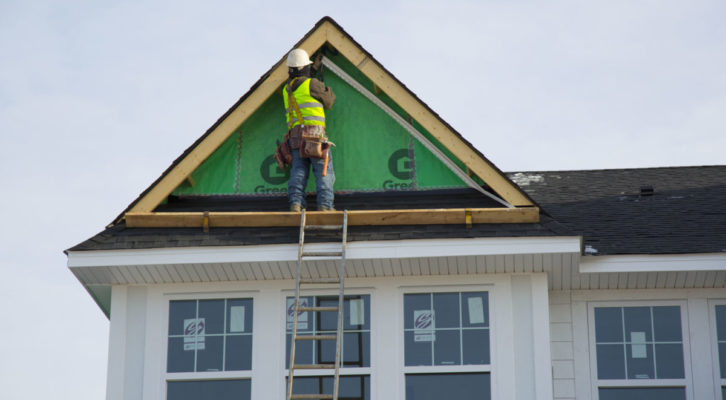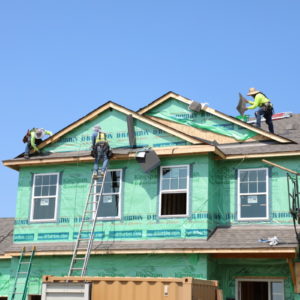St. Thomas sixth semiannual survey of 30 industry leaders measures future expectations and is designed to be a forecasting tool.
According to the latest survey by the University of St. Thomas Shenehon Center for Real Estate in partnership with Housing First Minnesota, leaders in the Twin Cities single-family home-construction industry have turned from optimistic to neutral in their outlook for the number of housing starts in the upcoming year.
On the positive side they are expecting that interest rates will continue to be stable at current low rates, however, they continue to have concerns about how higher costs of land and building materials will adversely affect market conditions for the next year.
The Twin Cities Home Builders Survey is patterned after St. Thomas Minnesota Commercial Real Estate Survey that began in 2010. The Home Builders Survey polls the same panel of 35 industry leaders semiannually in spring and again the following fall about their expectations for the upcoming twelve months in six key areas of the housing market.
The survey participants are asked to assign a number of zero to 100 for each of the six questions. A midpoint score of 50 is neutral; scores higher than 50 indicate a more favorable outlook and scores lower than 50 indicate a more pessimistic outlook.
“The industry leaders we poll every six months are actively engaged in studying both the demand and supply side of the housing market,” said Herb Tousley, director of real estate programs at the university. “Since they are involved in creating new housing units and adjusting supply-to-demand conditions, these individuals are close to the actual changes taking place in the market.”
“The results confirm housing experts’ concerns over the growing costs of construction and development that have resulted in a critically undersupplied housing market,” said David Siegel, Executive Director of Housing First Minnesota, “we look forward to working with the newly created Legislative Commission on Housing Affordability to make homes more affordable and attainable for all Minnesotans.”
Here are the scores for each of the six questions that were asked in the most recent survey:
Number of Housing Starts: 50
This score decreased from 57 in our previous survey to 50, this is a major change from modestly optimistic to neutral. It indicates an expectation that the number of single-family housing starts will be about the same as they were in the previous twelve months. Home builders are still concerned about the impact of rising land costs, impact fees and the rapidly increasing cost of building materials.
Square-foot sale price: 64
This score is still very optimistic, however the drop from 70 to 64 reflects the expectation that the rate of increase will begin to moderate in the next 12 months. It shows the panel’s expectations that home prices will continue to increase at a slightly lower rate. At that level there is a continued belief that sale prices will increase at a rate that will more than offset the expected increases in project costs.
Land prices: 33
The panel’s perception of land prices remains very pessimistic. At 33 this index has remained the same as is was recorded in our last survey. It will be interesting to look at future surveys to see how this plays out. While there may be enough finished lots available, the higher land prices will continue to squeeze profitability.
Availability of finished lots: 55
This index increased from 53 last December to 55 in our current survey reflecting the panel’s expectation that there will continue be an adequate supply of finished lots in 2020. An adequate supply of well-located finished lots is crucial to the health of the home building industry.
Cost of building materials: 35
The outlook for the expected increases in the costs of building materials continues to be a major concern. This index moved from 31 in December 2018 to a slightly less pessimistic score of 35 in current survey. This score is an indication of ongoing concerns by our panelists that much of the gain from increased sale prices will be offset by higher costs. These expected increases in costs could depress profitability and could reduce the number of new homes built in 2020.
Mortgage rates: 42
This index has recorded a major increase from 28 in our last survey to 42 in the current survey. Interest and mortgage rates have decreased since fall 2018. The indication is that the panel continues to expect mortgage rates to be stable at current rates for the next 12 months. Lower mortgage rates will help make new construction more affordable helping to fuel increased business for homebuilders.
















